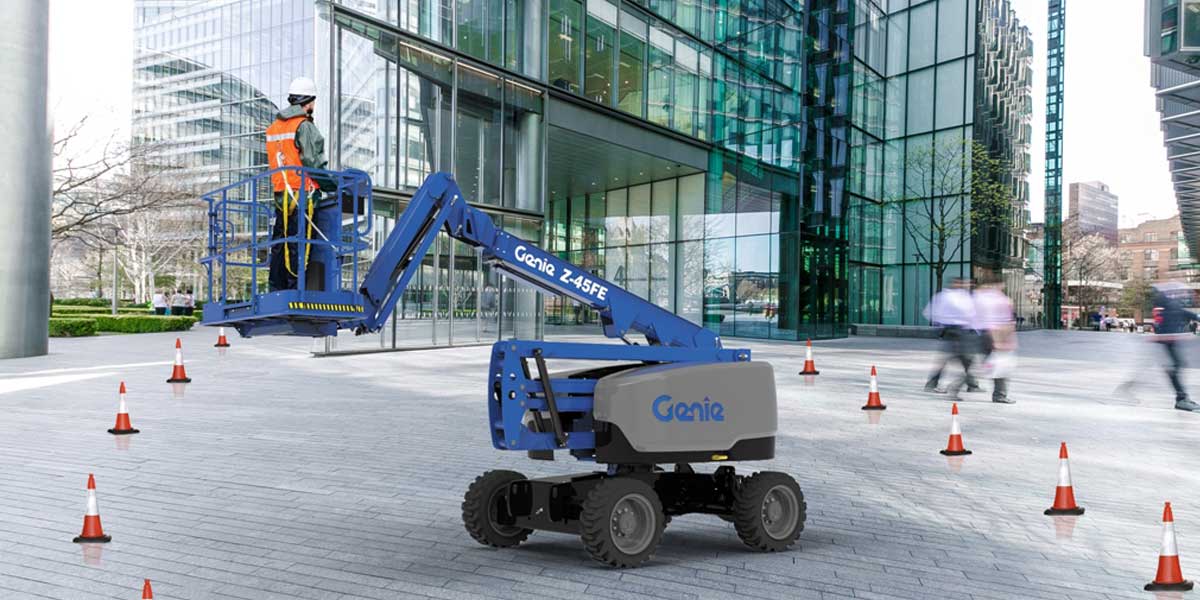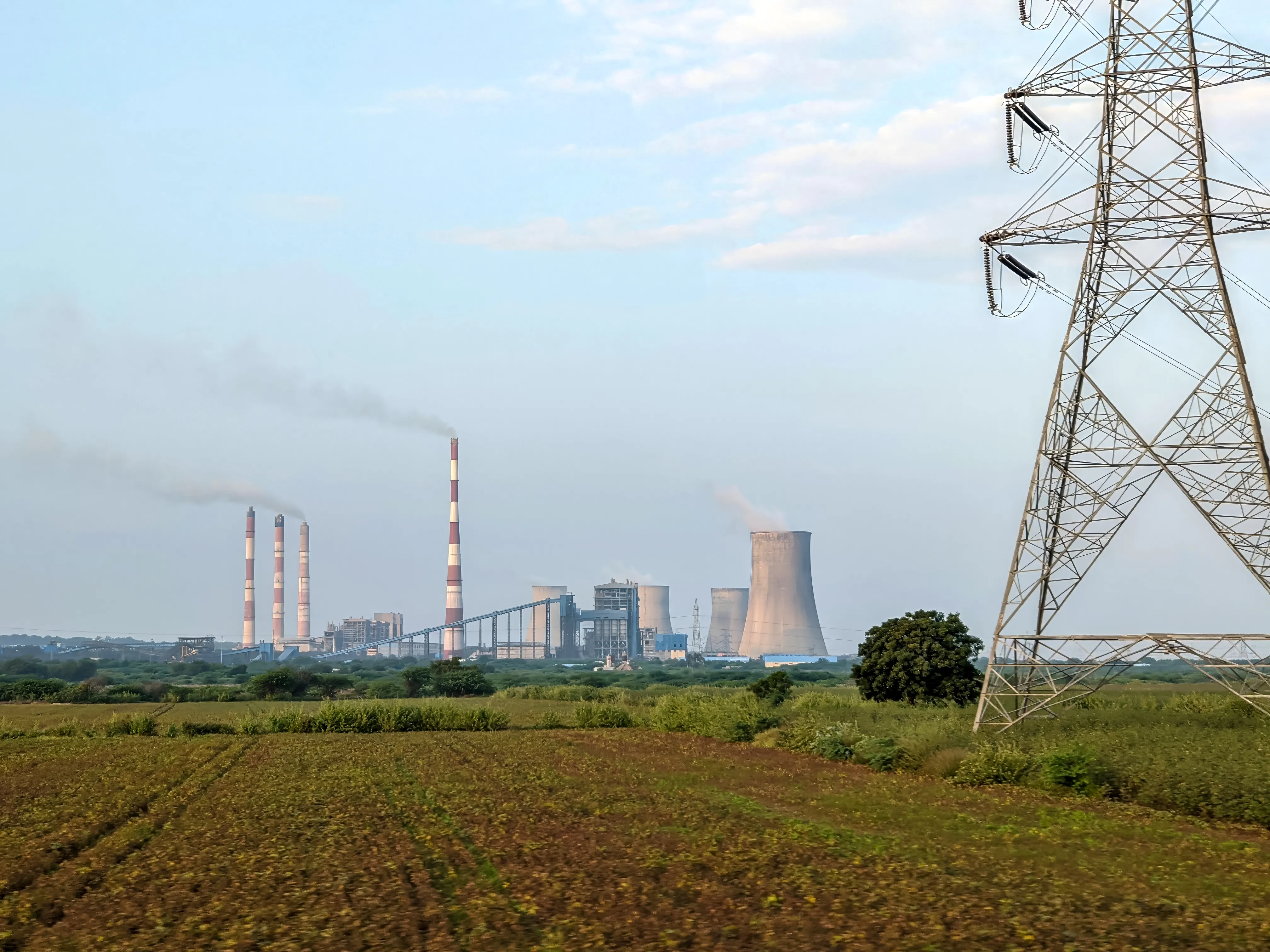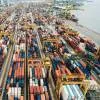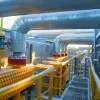
Selecting the Appropriate MEWP
Read full article
CW Gold Benefits
- Weekly Industry Updates
- Industry Feature Stories
- Premium Newsletter Access
- Building Material Prices (weekly) + trends/analysis
- Best Stories from our sister publications - Indian Cement Review, Equipment India, Infrastructure Today
- Sector focused Research Reports
- Sector Wise Updates (infrastructure, cement, equipment & construction) + trend analysis
- Exclusive text & video interviews
- Digital Delivery
- Financial Data for publically listed companies + Analysis
- Preconceptual Projects in the pipeline PAN India

SHANTI Bill marks turning point for India’s nuclear energy sector: Deloitte India
The proposed Sustainable Harnessing and Advancement of Nuclear Energy for Transforming India (SHANTI) Bill, 2025, signals a fundamental shift in India’s nuclear energy framework, positioning nuclear power at the core of the country’s long-term energy strategy, according to Deloitte India. The Bill, likely to be introduced in the Lok Sabha this week, seeks to overhaul the existing legal regime governing the sector.The proposed legislation aims to repeal the Atomic Energy Act, 1962, and the Civil Liability to Nuclear Damage Act, 2010, replacing them with a single, unified law for nuclear ene..

Battery storage cost drops to Rs 2.1/unit, boosting grid-scale adoption
Battery Energy Storage System (BESS) costs in India have declined sharply to Rs 2.1 per unit, compared with about Rs 10.18 per unit discovered through tariff-based competitive bidding during 2022–23, the Ministry of Power informed Parliament. The steep reduction is expected to significantly accelerate grid-scale battery storage adoption and support renewable energy integration.According to a statement from the Ministry of Power, the BESS tariff discovered during FY2022–23 was around Rs 10.18/kWh, assuming the storage system is utilised for two cycles per day. However, recent competitive bi..

India’s thermal power capacity demand seen at 307 GW by 2035: Goyal
India’s thermal power requirement is projected to rise sharply to 307 gigawatts (GW) by 2035, reflecting the country’s sustained efforts to meet growing energy demand, Union Minister for Commerce Piyush Goyal said.Responding to a question from The Hindu, Piyush Goyal, Union Minister for Commerce, said the government is making continuous progress to strengthen India’s power generation capacity and ensure reliable energy availability for the country’s expanding economy. Speaking to reporters on December 15, 2025, he highlighted the pace at which new capacity is being added and contracts ..
















